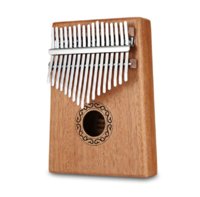Without knowing the full capabilities of 3D printing, are there any experts that use this technology in here?
The picture below is out of my Motorhome and it basically stops the internal sliding door from sliding back and forth when driving and it's broken. (I have looked at different catches, but I cannot find anything suitable, that fits in the area the original one fits)
I've contacted the manufacture of the Motorhome in France, but they just don't reply, and my dealer is saying the clip is a 12 week wait, which might sound insane to most people but that isn't unusual for the Motorhome industry.
I'm wondering if I send this to a 3D printer expert, if they can scan the catch and replicate it, obviously with the broken part back on.

The picture below is out of my Motorhome and it basically stops the internal sliding door from sliding back and forth when driving and it's broken. (I have looked at different catches, but I cannot find anything suitable, that fits in the area the original one fits)
I've contacted the manufacture of the Motorhome in France, but they just don't reply, and my dealer is saying the clip is a 12 week wait, which might sound insane to most people but that isn't unusual for the Motorhome industry.
I'm wondering if I send this to a 3D printer expert, if they can scan the catch and replicate it, obviously with the broken part back on.



